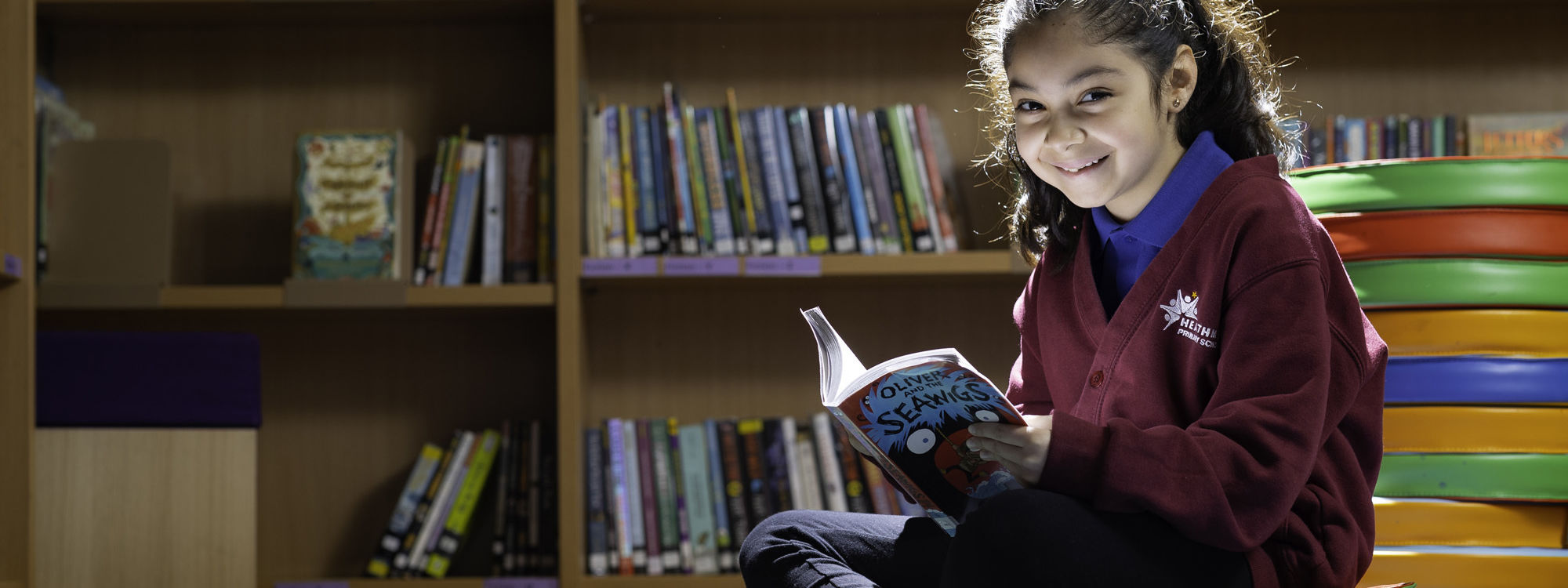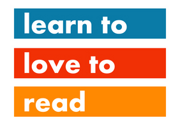- Home
- Curriculum
- English: Reading
English: Reading
English Reading at Heathmere
Intent
In 2021, the Department for Education released The Reading Framework, non-statutory guidance for the teaching of reading which would enable children to start secondary school as, ‘confident readers, able to engage with the challenges of a wider curriculum’ (The Reading Framework, 2021). Here at Heathmere, we focus on three dimensions of reading: word reading, reading fluency and language comprehension so all our students are, ‘able to read and write fluently and proficiently by the time they leave year 6’ (The Reading Framework, 2021). By creating fluent and proficient readers, ‘pupils can develop culturally, emotionally, intellectually, socially and spiritually’ (The National Curriculum, 2013). At Heathmere, we also recognise the importance of developing a life-long love of reading and have made great efforts to establish a reading for pleasure culture within the school. In consideration of these guidelines, we developed our reading curriculum in consultation with staff, governors, pupils and parents.
The reading curriculum sits alongside, and is complemented by, all other National Curriculum subjects. ‘Ensuring every child has the necessary skills they need to read is an essential component of literacy education. It enables children to not only learn across the curriculum but also to access numerous aspects of daily life, influencing the opportunities that they have available to them in the future’ (Rasinski, EEF, 2022). Therefore, reading informs the foundation for all of our English curriculum. This aim supports our reading vision: children are fluent readers who can respond to a variety of texts. At Heathmere, we believe that developing our children’s reading fluency will enable them to become confident, proficient readers who comprehend what they read.
Implementation
All children in Nursery to Year 6 partake in discrete Reading lessons throughout the school year. These lessons begin in the Early Years with a focus on word reading through the use of a systematic synthetic phonics programme, Little Wandle Letters and Sounds. This programme begins in Reception and introduces the children to the GPCs they will rely on to confidently read words. These sessions use effective teacher modelling and repeated reading to enable the students to commit these GPCs to memory. Each session includes a dialogic approach to questioning which allows the teachers to assess comprehension. This approach reflects studies conducted by the EEF which show, ‘Reading comprehension strategies are high impact on average (+6 months). Alongside phonics, it is a crucial component of reading instruction’ (EEF). Children who fall behind in this programme are quickly identified and receive additional teaching as well as small group interventions. According to Tim Rasinski, reading ‘fluency is a bridge between word recognition and comprehension’ (Rasinski, EEF, 2022). Beginning in Year 2 and continuing in Year 3, children who have passed their Year 1 phonics screen begin a fluency programme which develops their reading prosody, enabling them to comprehend what they have read. Each lesson uses repeated reading, teacher modelling and echo reading to develop reading prosody. The lesson ends with a dialogic approach to questioning where the children are allowed to explore the text in greater depth. After every second lesson, the children answer written response questions to allow the teachers to assess their comprehension.
In Years 4, 5 and 6, reading fluency forms the foundation of our approach to teaching reading where teachers use a variety of strategies to develop the children’s prosody including, but not limited to, echo reading, repeated reading and modelled reading of a text. To develop comprehension, teachers use a dialogic approach through the use of whole class discussions based on the texts studied in class. Additionally, at the end of each unit of learning, the children respond to teacher-generated questions in a written-response format.
Impact
The English Lead at Heathmere monitors the impact of the Reading curriculum, ensuring that all pupils successfully learn the curriculum. Children are regularly assessed in their reading ability through a variety of means. In the Early Years and KS1, children on the Little Wandle Letters and Sounds programme are assessed every six weeks. Those on catch-up programs are assessed even more frequently at 3 week intervals. This use of assessment gives our teachers an accurate picture of how the children are progressing within the programme and quickly identify children for further interventions. Our teachers assess targeted children’s prosody using a tool suggested by the EEF known as the Reading Prosody Rubric. In Years 1-6, the children’s comprehension is assessed every term using NFER testing booklets. Our Year 6 children use previous SATs tests throughout the year to add additional assessment opportunities. Once each half-term, teachers and senior leaders gather in pupil progress meetings to discuss the children’s progress and identify additional support for targeted children.
If you would like to know more about our approach to Early Reading (Phonics), click here.
If you would like to see the progression of phonics in Reception and Year 1, click here.
Every child at Heathmere will have:
- their own copy of the book they are reading in Literacy lessons, to keep forever (every half term in Nursery, Reception and Year 1 and every full term in Year 2 – Year 6)
- exposure to new authors and genres
- advice on how to choose a book that they will enjoy reading
- time every week to choose a reading book and read for pleasure
- time each day where an adult will read aloud to the class
- access to free book giveaways, supported by charities and donations
- an opportunity to read to Percy, the school therapy dog that visits weekly
Reading at home
Reading is a very important part of a child’s education at Heathmere. We encourage children to read at home every day to develop the reading skills they learn in school . Parents can help to support their child’s reading by reading with them regularly at home.
EYFS – 100 books to read at home
Year 1 – 100 books to read at home
Year 2 – 100 books to read at home
Year 3 – 100 books to read at home
Year 4 – 100 books to read at home
Year 5 – 100 books to read at home
Year 6 – 100 books to read at home
Reading volunteers
We work in partnership with Beanstalk (a national reading charity who provide volunteer readers to read 1:1 with children in school) and Learn 2 Love 2 Read (a local Wandsworth charity who engage with children and parents to support reading at home). This provides our children with additional daily reading time with an adult to further develop their love of reading.



